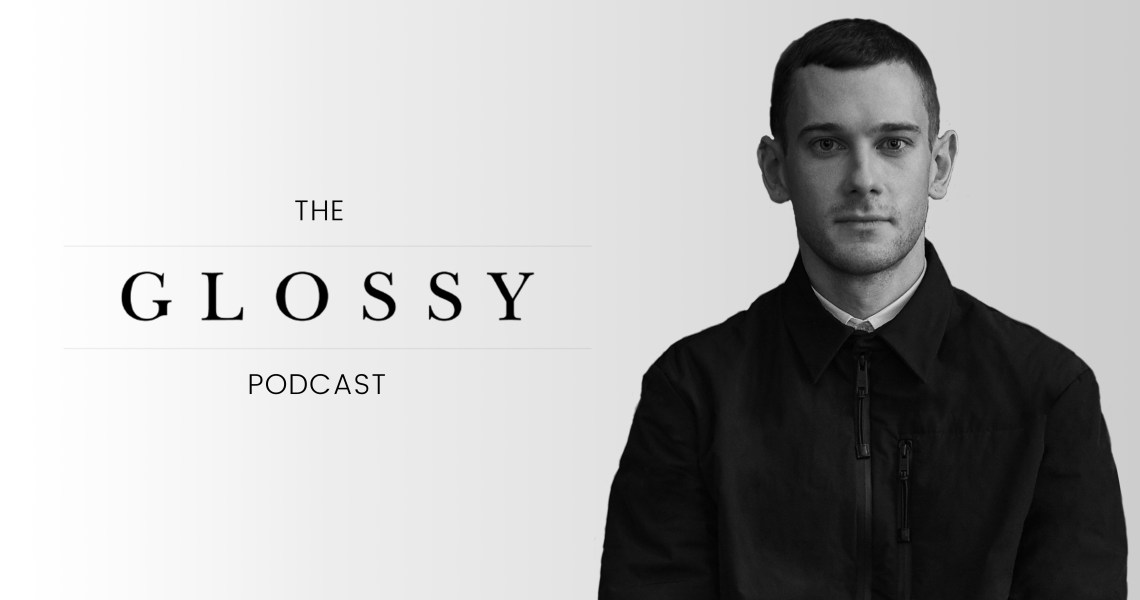Subscribe: iTunes | Stitcher | Google Play |Spotify
Mr. Porter, the online-only retail destination for designer menswear, launched in 2011. As it’s evolved over the years, it’s expanded its focus beyond luxury products and explored a variety of new ways to integrate more designers and products. As a result, the role of Daniel Todd, its senior buyer, has changed.
“It’s important for a business like Mr. Porter to support emerging designers. It’s [now] the platform for young and emerging designers,” said Todd. “The biggest move has been the shift in the menswear calendar. The internet has made the world a smaller place. A brand can get in touch with you now; it’s easier for them to get their product out there. It can only be a good thing. There’s a lot out there, which, even five years ago, you wouldn’t have discovered. We’re about to start working with a designer who we found on Instagram. Previously, we would meet designers at fashion shows or trade shows, but social media has given people a platform to show their work.”
On the second episode of Glossy Trend Watch: Buyer Edition, editor-in-chief Jill Manoff sits down with Todd to discuss how his job has changed, how he works with Mr. Porter’s editorial team and how the retailer is incorporating emerging designers on the platform. Edited highlights below.
Collaborations work to match customer behavior
“We still work on a fairly traditional fashion calendar. We go to the shows in January and June, we place orders that deliver in May when we order in January, and if it’s June, they’ll deliver in November. We’re also doing collaborations that are buy-now-wear-now. A guy wakes up in the morning and says, “Oh, it’s sunny outside. I don’t have any shorts.” Women tend to shop more — they’ll buy a coat in the summer, put it away and then wear it in the winter. Guys see it’s cold out, and they’ll go out and buy a coat.”
Exclusives are important to serve the customer
“We know our customer is interested in the latest and exclusive product, and in having access to things they can’t get elsewhere. We’re not pressuring brands — it’s a relationship. Exclusives tend to come about naturally. We’ve done big [partnerships] with Prada, Balenciaga, with 15 Japanese brands. Whether it’s a collection of brands or one big brand, exclusives are something customers are asking for. We launch new products three times a week. We have 550 brands, so we upload about 500 new products every week. There’s a huge desire from customers to see new products on the site.”
Ad position: web_incontent_pos1
The editorial team demands genuine stories for all products
“The idea of content and commerce is what sets us apart. We like to bring on brands and products that have stories. We have a true editorial team. As much as I would like to ask them to write a story about a T-shirt I want to sell, they always ask, ‘What’s the story? Is there an interesting story about the manufacturing, or do they have an interesting brand ambassador?’ It’s important to get their buy-in at the beginning, which helps to shape what we do on the product side.”


